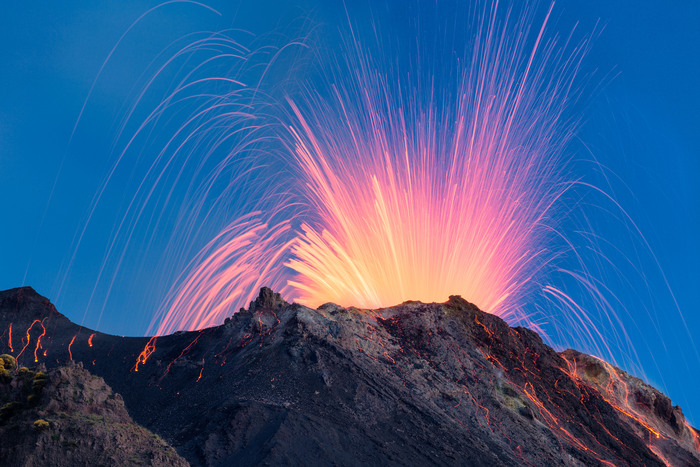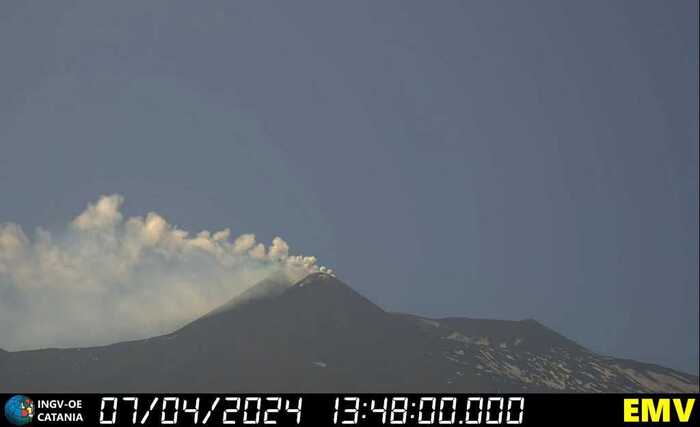At the origin of the explosive eruptions of volcanoes, such as Etna and Stromboli, there are nanocrystals up to 10 thousand times smaller than a human hair, which form in the magma when there is a high quantity of metals such as titanium and iron: their presence makes the magma denser and causes the formation of bubbles, two elements that favor explosive eruptions.
This was discovered by the international study published in the journal Nature Communications Earth & Environment and led by Italy, with the University of Roma Tre and the Institute of Environmental Geology and Geoengineering of the National Research Council (Cnr-Igag).
Basalt-type magma, which differs from granite in that it rises to the surface instead of solidifying within the earth's crust, is typical of volcanoes such as Etna and Stromboli and usually does not produce explosive eruptions.
"However, explosive events are occasionally observed at basaltic volcanoes, generating a heated scientific debate about their causes", explains Alessandro Vona of Roma Tre University, one of the authors of the study led by Alex Scarani. "Our work demonstrates that mini differences in the composition of the magma can lead to the formation of nanocrystals during its ascent - adds Vona - which increase the viscosity and trap gas bubbles".
Researchers are now working to link observations made in the laboratory with those in the field at volcanoes around the world.
"The results obtained with this study invite the Earth sciences to a critical and systematic review of the data available so far on magma", comments Alessio Zandona' of the French University of Orléans, co-author of the study.
"These crystals, so small as to be almost invisible if not studied with the right instrumentation, can significantly alter the viscosity: this means - continues Zandona' - that the current data could be less accurate than expected".









